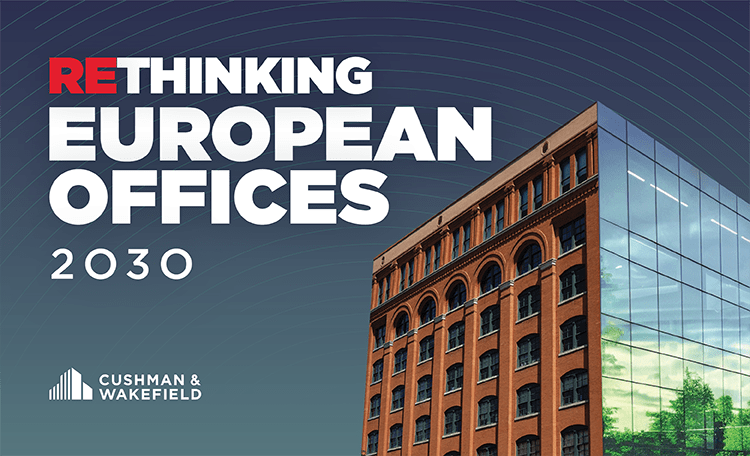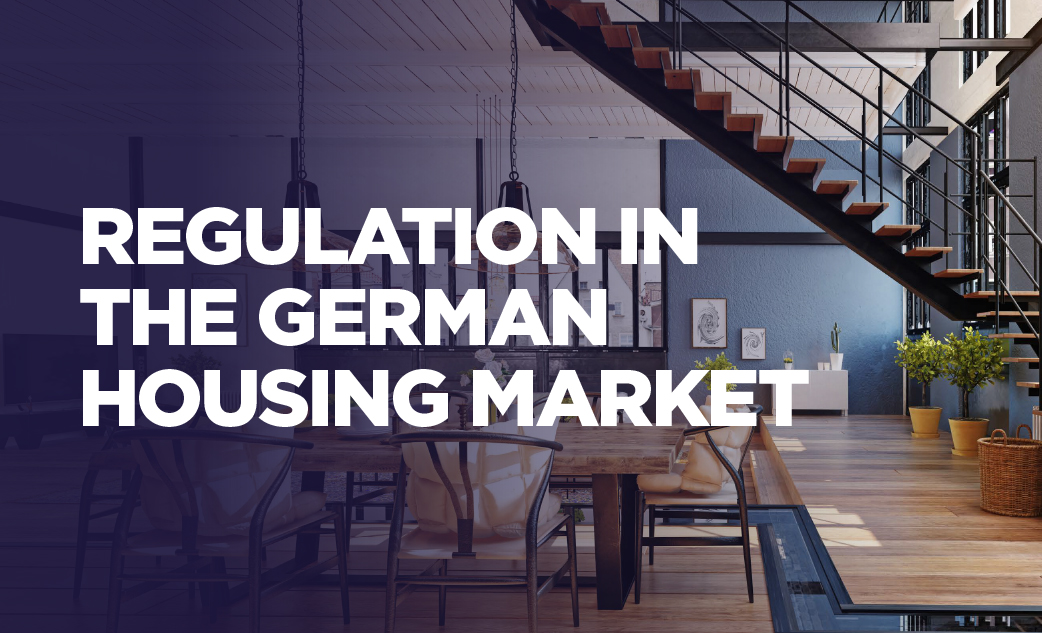According to international real estate consultancy firm Cushman & Wakefield (C&W), Munich’s commercial real estate transaction volume was around EUR 960 million in the first three months of the year. Compared to the weak first quarter last year, this represents an increase of 113 percent, but is still 17 percent lower than the Q1 five-year average.
Three large-volume transactions of over EUR 100 million
A major contribution to the solid result in the first quarter was made by three large-volume sales in the over EUR 100 million range. These totalled over EUR 534 million and accounted for 56 percent of the total transaction volume. All three deals involved office properties, namely the Olympia Business Center near the Olympic Park, with a purchase price of over EUR 300 million, the Allianz building in Unterföhring at EUR 110 million and the BMW office building in Milbertshofen at over EUR 100 million.

74 percent of turnover in the office segment
Office properties continued to be the clear focus of investors’ attention and, with a contribution of 74 percent, were the dominant asset class among commercial real estate transactions. Logistics and industrial properties followed well behind with around 10 percent and a transaction volume of around EUR 95 million. Five smaller transactions were registered here, including the sale of the industrial park in Garching near Munich to the Carlyle Group. Hotel and retail properties each accounted for only 5 percent of the total volume.
Focus remains on low-risk assets
64 percent of the commercial real estate transaction volume in the first three months of 2022 involved low-risk assets in the Core and Core+ risk classes. Opportunistic and value-add properties played only a subordinate role in transactions in the Munich investment market. The participation of foreign capital was 19 percent and thus far below the previous quarter's figure of 47 percent.
Jan Isaakson, Head of Capital Markets Munich at Cushman & Wakefield, summarises: "Until recently, the Munich investment market knew only one direction - up. The market is characterised by rising rents and prices per square metre, low interest rates, falling property yields and demand that clearly exceeds supply. This environment has made the real estate investment market a hotspot of rapid value appreciation over the past ten years. Today, the market is in a transformation phase in which a wide variety of external forces are at work. Examples here include rising financing interest rates, rising inflation and, as a consequence, rising rents in the context of indexation adjustments. Furthermore, there is a high degree of investment pressure and still a lot of liquidity in the market as well as geopolitical risks, which increase uncertainty. Whether German commercial real estate will, as a result, continue to be seen as a safe haven against inflation risks or as an investment product at its zenith, will become apparent in the coming quarters."
Prime yields remain stable
The prime yield for high-quality core office properties with creditworthy tenants and long-term leases in prime locations was 2.50 percent at the beginning of 2022 and has remained static over the past 12 months, with non-central locations at 3.30 percent. The yield for high-quality logistics properties is currently 3.00 percent, compressing by 30 basis points compared to the previous year and reflecting the intensity of competition for this asset class. Further yield compression is expected by the end of the year. Likewise, there have been further declines in prime yields for commercial properties in city centre prime locations. Over the past 12 months, the prime yield compressed by 30 basis points to the current 3.00 percent.





